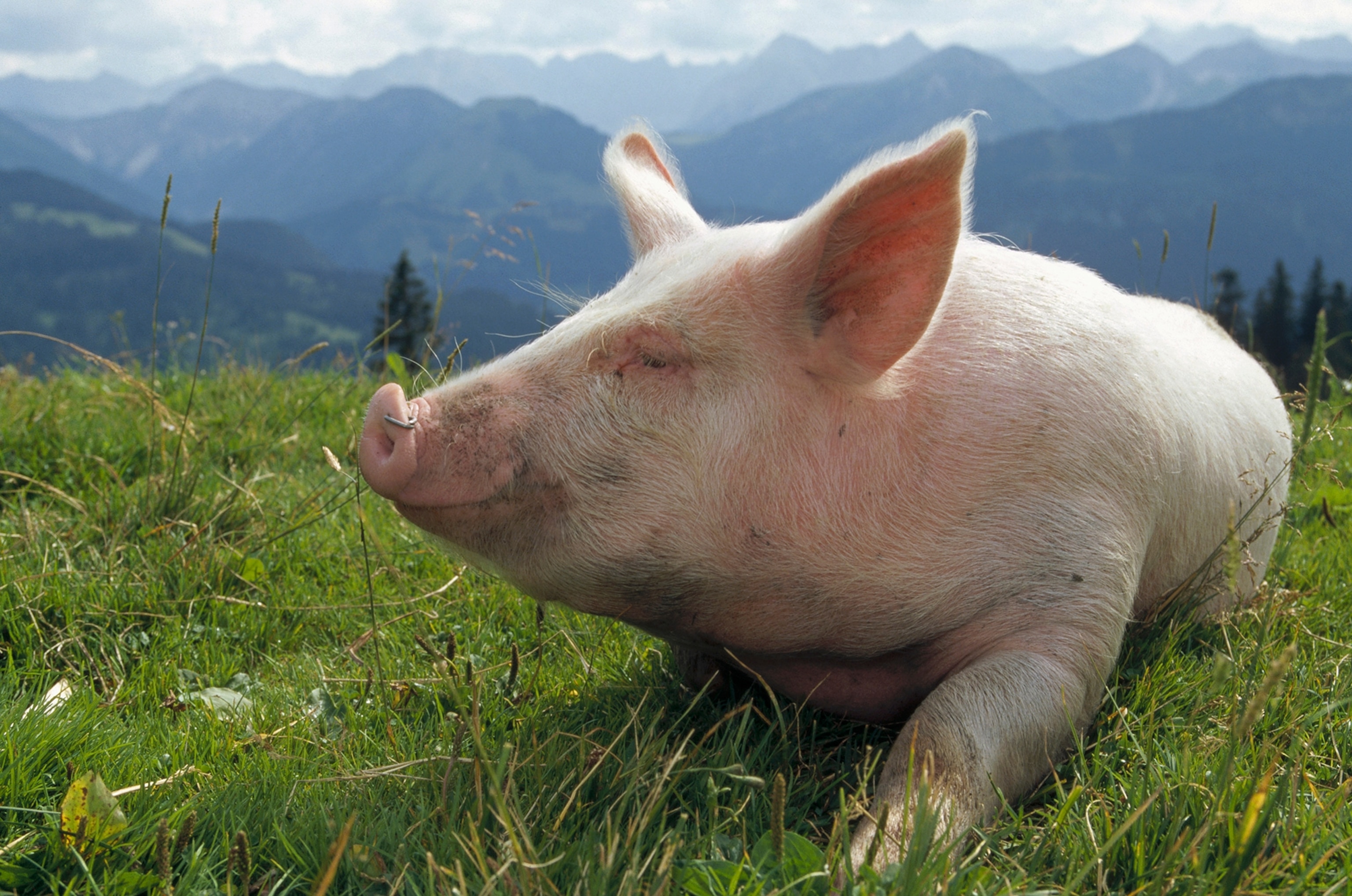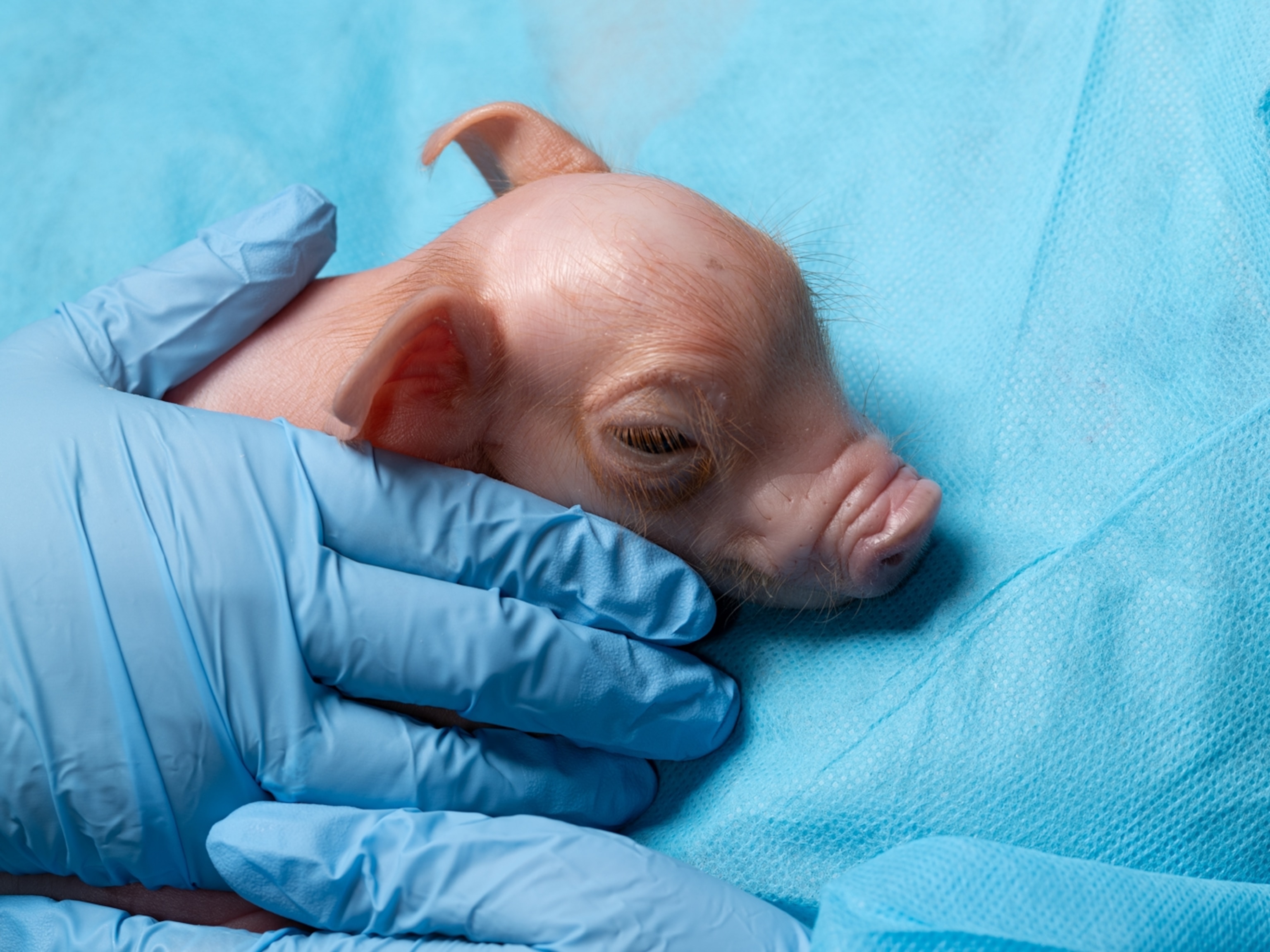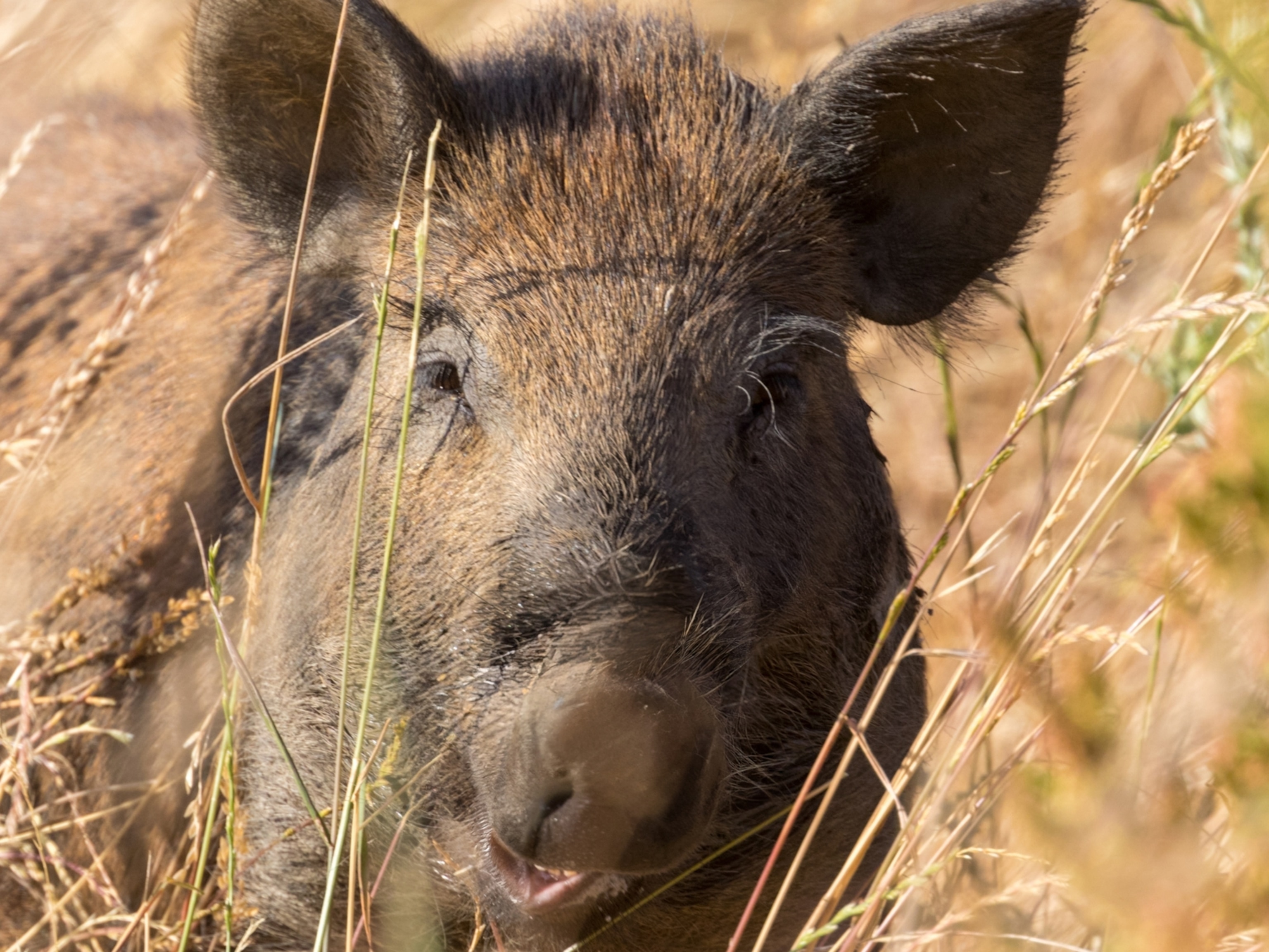
Contrary to Popular Belief, the Modern Pig Has Many Parents
How did the pig we know and love get to be a pig?
The standard story, beginning with Charles Darwin and filled out with the evidence from bones in archaeological digs, is that humans domesticated the smart, tasty pigs we eat now from the tough, toothy wild boars that lurked in forests. That would have happened about 9,000 years ago, as part of humans’ transition from living in mobile hunter-gatherer groups to settling into villages to farm.
But the availability of molecular tools that can pry into the DNA of organisms is causing a long-accepted history to be re-examined. In a new paper published in the journal Nature Genetics, researchers from four countries report that modern pigs have many parents. Swine were not, as the old understanding goes, domesticated once from boars, and developed thereafter as a separate variety. Instead, they cross-bred with boars many times over centuries—a finding that rewrites pig history, and has implications for how we understand the descent of other once-wild animals as well.
To determine that, the team collected 103 sequences of genetic material taken from modern wild European boars and modern domestic pigs raised in Europe, both common commercial breeds and heritage breeds as well. Using complex computer models, they asked what amounts of gene flow from boars to pigs would allow for the current content of pigs’ genomes. Out of several hypotheses—from no interbreeding after domestication, all the way to constant interbreeding between the subspecies—only the last reliably explained what exists today.
And that’s a puzzle—because, of course, wild boars and domestic pigs live, look and act very differently.

“What we are showing is that we have two populations that are morphologically very different, the wild and the domestic, but they still have been exchanging genetic material over time,” Laurent Frantz, the paper’s first author and a post-doctoral researcher in the University of Oxford’s Department of Archaeology, told The Plate by phone.
How pigs were bred, managed and moved over millennia is, maybe surprisingly, a very active area of research. In 2005, a team based mostly at Oxford mined pig and boar DNA to reveal that pigs were domesticated out of boars in multiple locations across the world—not, as previously thought, just in Southeast Asia. Two years later, the same researchers used genome studies to establish that European pigs were not descended from Asian ones that were transported through the Near East as new farming societies sought space for settlements, but instead descended from European wild boars. And in 2013, those researchers and others demonstrated that European swine had spread back into the Near East, documenting a European genetic signature in modern Israeli boars (and possibly suggesting European swine had been carried south by seafaring merchants).
The new paper fills in what happened afterward: that the domestication of boars into pigs was not a one-time event, with the two groups of animals kept separate ever after, but was maintained despite a constant flow of genes back and forth. A new book about the history of the pig, Lesser Beasts, Lesser Beasts, describes how that might have happened: Until about 1200 CE, pig herds were not confined, but allowed to range in forests—where boar also lived—for at least part of every year. And Frantz’s work backs up the plausibility of uncontrolled mixing: in the genetic analysis, he found evidence of interbreeding with a second boar subspecies that no longer exists.
With so much interbreeding, how did pigs and boars remain distinct? Frantz and his colleagues argue that farmers’ persistent efforts to improve pigs, by crossbreeding to emphasize certain characteristics and behavior that they wanted, overcame the effect of repeated additions of boar DNA. Because farmers were always effectively working with fresh material—not just the pig lines they had already crossbred, but those pigs with new boar genetics added—they actually reinforced what they were doing, created genetic “islands of domestication” that could not be bred away.
This evidence of constant intermixing upends the traditional model of how domestication happened (an unaffiliated researcher told the journal Sciencetold the journal Science that it “challenges the assumptions of 100 years of research”), and it may also illuminate the evolutionary history of dogs and horses, two other once-wild animals crucial to the process of human settlement. And it might also help save animals sliding toward genetic bottlenecks as their numbers shrink with hunting, habitat loss or climate change. Understanding how modern animals came to be what they are could help scientists predict how best to protect genetic diversity when breeds are threatened.




